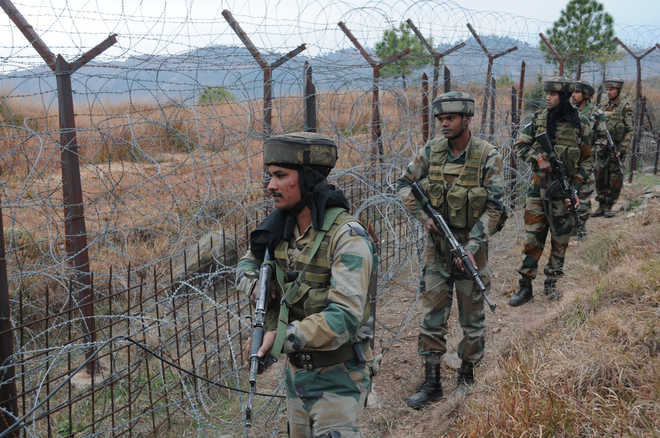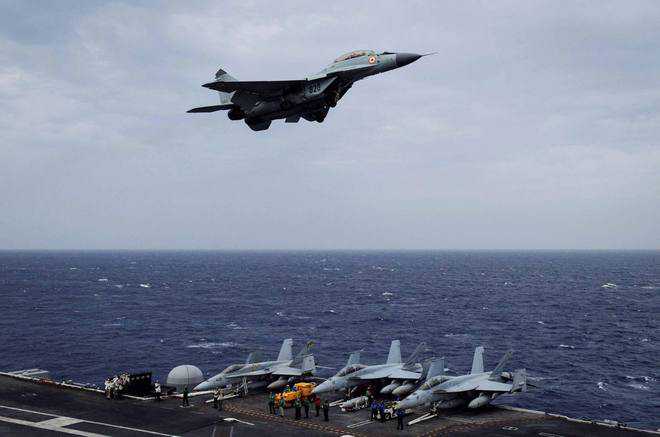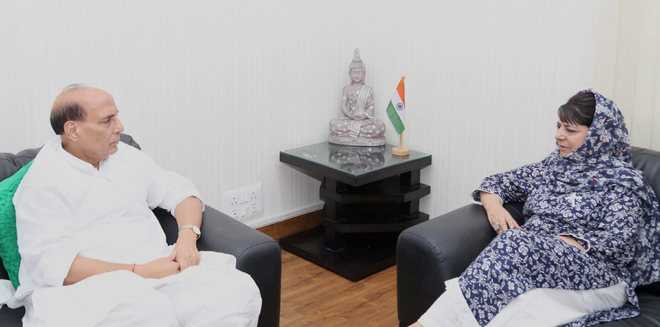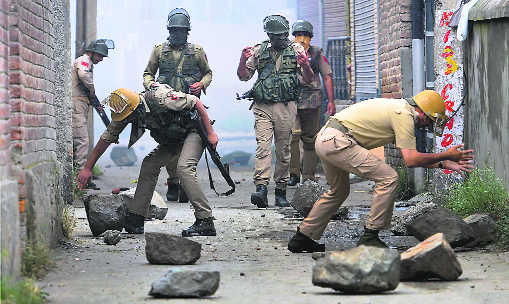Some senior citizens are happily challenging the notions that old age is a slowdown in the bend of life. They are being equally productive in this later innings while reinventing themselves in new arenas
Photo for representational purpose only. iStock
Geetu Vaid

Love for the green: Maj Gen C. S. Bewli has set up a society to create awareness for cacti and also penned a book on it after hanging his boots
So, what will we do after retirement?” The ball for a discussion was set rolling with this question among a motley group of friends in their late forties. Nothing surprising in it as the reminders of retirement can confront one unexpectedly. Retirement like mortality is a hard fact that each one of us is bound to face sooner or later. Only difference, however, is that there is a full stop when you think of end of life whereas a long (that’s what most of us believe) road remains to be traversed at the end of working life or retirement.
The surprising element, in this discussion, however, was that of all the options discussed about post-retirement plans not even one revolved around starting a new venture or doing something that one hadn’t done during the long work life. Most of the suggestions were the staid and “easy’ variations of the work that one was already doing. The main concern was to do something to stay busy, as well as earn a modest sum.
While many may merrily chime that ’60 is the new 40, but the enthusiasm is woefully limited to looking good, going for a run and wearing dapper clothes or maintaining a strict “work day” schedule after 60. Mention work or suggestion to start a new venture or attempt something different and you get to hear the refrain “this is no age to start anything new, or learning new things at this age will be ridiculed”.
In a society ruled more by mindsets and stereotypes, the shackles of age are a convenient refuge to distance oneself from anything strenuous or mentally taxing after retirement. This, not only alienates and feeds a feeling of redundancy, but maybe the main reason behind the cases of depression and ill treatment of the elderly by their progeny.
These perceptions and attitudes make the stories of those who dared to follow their passion and chase the dreams that had long been put on the backburner, worth sharing.
Reinventing oneself and redefining retirement is an art that can fill colour and vigour in what truly is the second innings, maintains Dinesh Singh, while sharing his experience of starting a new venture after 60. An engineer by profession, he is a well-known name in business circles as the force behind the Energo Group and Energo Engineering Projects Limited (EEPL). But opting to tread a completely different path of bringing different art forms in public domain, he launched NavrasaDuende at the age of 62. “The arts have been a lifelong passion for me and with my own venture, I have the opportunity to bring global arts as an entertainment to the people of India and kindle a passion in them much like my own. For me, beginning an entrepreneurial venture only required two things — a passion to achieve my dreams and the belief that there is no deadline or age limit”, he recounts.
If it was the lifelong passion for art that goaded Singh to launch his venture, then the childhood dream of writing is what has made noted businessman Nidhi Dalmia to sidestep account books to pen a romantic story. The scion of one of the oldest business families of the country, Dalmia has taken baby steps in the world of books with Harp at the age of 69. “I have wanted to write since I was a schoolboy. I remember my best friend wouldn’t believe me when I used to share my dream of being a writer. He would say, ‘You are from a top industrial family, you will be an industrialist’. I wanted to write in addition to running a business, not in place of it”, says this business tycoon. With degrees from Oxford and Harvard under his belt, he took a decades-long detour to the world of business before finally telling a story close to his heart.
If it was a shift from passion for business to passion for words for Dalmia, for Maj Gen C. S. Bewli it was the love and commitment for olive green to that for green gardens that redefined his post-retirement life. A qualified mechanical engineer, Major General Bewli had an illustrious career in the Army spanning 38 years. He, however, dodged several job offers after retirement to devote all his energies to his life-long passion — the love for plants. “After retiring in 2011 many good offers came my way. But retirement being a life-redefining milestone for me, I refused all as I wished to do things which were close to my heart. To fulfill my cherished aspirations and to pursue a lifelong passion with my favourite activities, I prepared a wish list to write on subjects that are seldom touched by Indian authors — cacti, bonsai, succulents and creativity”. Six years down the line he has already set up a society to spread love and awareness for cacti and succulents, besides teaching the art of bonsai creation to people in the northern region. He has also penned a book on cacti and is in the process of writing another one on the bonsai culture.
Their stories may be different but the underlying thread of challenging their comfort zone and a refusal to buckle under the weight of age is what brings them to a common platform.
Ask him about the age factor and the fear of entering unchartered territory, and Singh is quick to counter question with, “When did we set a deadline on pursuing our goals? Who came up with these restrictions? It’s ironic that several people chase a career up to the age of 60 years, moving from one job and position to another, yet are extremely skeptical when it comes to pursuing an entrepreneurial calling later in their life. What causes us to impose these restrictions is a mix of both psychological and cultural factors. It stems from this long-perpetuated idea that entrepreneurship is a domain that is best suited for the young and the agile”, he explains.
“I honestly don’t think age has anything to do with following your passion. When I started writing Harp a few years back, I was at a stage of my life where I could devote my time and energy in fulfilling my childhood passion. My age has not restricted me from stepping into this new challenge, on the contrary I feel my age and experience has provided me with invaluable insight which I have incorporated in my novel”, says Dalmia.
“One does not retire on reaching a certain age nor is it a factor in starting something new. Retirement is simply a switchover from a primary job into something else and, therefore, accept it as a desire to keep living actively,” adds Gen Bewli.
“Actually, age and experience add far more credibility to your personality and intelligence. Hence, it is quite surprising when people tend to think of age as a restrictive factor when it comes to following their dreams”, says Singh.
“Young may grow old, but youthfulness and passion can keep you young forever. Even at the age of 65+ Zakir Hussain (the tabla maestro) is youthful and is considered Youth Icon. One should not be slave of oneself; ability to break free of oneself on a continuing basis is what keeps freshness in thoughts, ideas, and zest for life”.
Following one’s dreams and creating a purpose in life is the duende that Singh is aspiring to create. Redefining retirement is to be in a happy place where no dream is unachievable and the fear of mortality doesn’t overpower the spirit of creativity and life. “I know, there may not be enough time to achieve what I want, but my new venture assures me a lifetime of employment and engagement in something that never tires me”, signs off Singh.
























































































































